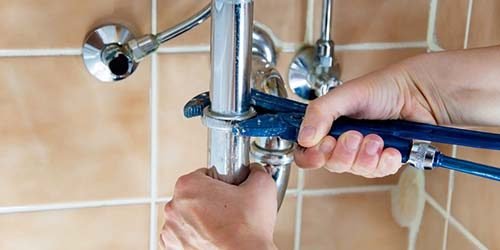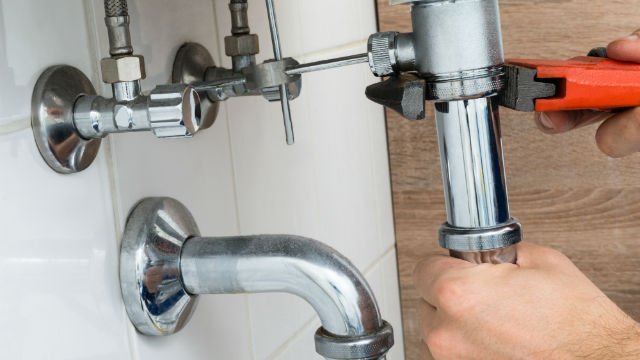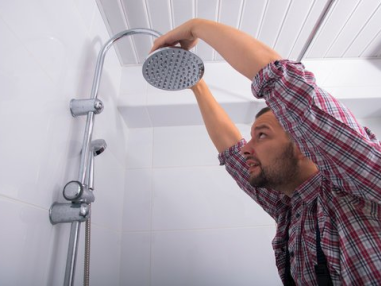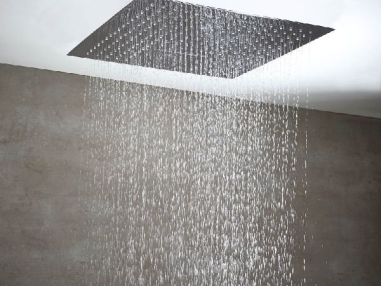

Minor fitting installations can be a manageable project depending on the specific fitting and your comfort level. Here's a breakdown to help you decide:
Suitable for Minor Fitting Installation:
Pre-existing Plumbing Lines: If you're adding a new fixture (like a faucet sprayer) to an existing plumbing line with accessible shut-off valves, it might be a DIY
project.
Basic Fittings with Clear Instructions: Many basic fittings, like shutoff valves, washing machine connectors, or showerheads, come with clear instructions for
installation.
Standard Tools Available: The installation usually requires standard tools you might already have, like wrenches, screwdrivers, Teflon tape, and bucket (for
potential drips).
Here's a general process for DIY minor fitting installation (refer to specific fitting instructions for details):
Turn Off the Water Supply: Locate the shut-off valve for the specific plumbing line you'll be working on and turn off the water supply.
Prepare the Work Area: Place a bucket under the connection point to catch any drips during removal or installation.
Remove the Old Fitting (if applicable): Use appropriate wrenches to disconnect the old fitting, following the instructions to avoid damaging pipes.
Wrap Threads with Teflon Tape: Wrap the threads of the new fitting with Teflon tape in the clockwise direction to create a watertight seal.
Install the New Fitting: Screw the new fitting onto the pipe threads by hand until snug, then tighten further using wrenches according to the manufacturer's
instructions (avoid over-tightening).
Turn on the Water Supply Slowly: Gradually open the shut-off valve and check for leaks at the connection point. Tighten any loose connections if necessary.
Important Considerations for:
Identify the Fitting: Before attempting any work, ensure you have the correct fitting replacement for your plumbing system.
Matching Material and Size: New fittings should be compatible with the existing pipe material (copper, PVC, etc.) and have the same size threading.
Don't Force It: If a fitting is difficult to install or remove, don't force it. You might damage the pipes or strip the threads. Consider calling a professional
plumber.
When to Call a Professional Plumber:
Complex Plumbing Systems: If your plumbing system has complex layouts or multiple valves, it's best to call a professional to ensure proper installation and avoid accidentally causing leaks in other areas.
Hidden Leaks or Wall Repairs: If the leak or fitting replacement involves hidden pipes within walls or requires extensive repairs, a professional plumber has the
expertise and tools to handle the situation effectively.
Soldering or Welding Required: Some fittings might require soldering or welding techniques for secure connections. Unless you have experience with these techniques, it's best to hire a professional plumber.
Limited Experience or Confidence: If you lack confidence in your DIY skills or the project seems intricate, don't hesitate to hire a professional installer for peace
of mind.
Finding a Qualified Plumber:
Get Recommendations: Ask friends, family, or local hardware stores for recommendations on reputable plumbers experienced in minor fitting installations.
Check Online Reviews: Read online reviews to gauge customer experiences with potential plumbers.
Verify Credentials: Ensure the plumber is licensed and insured.
Get Quotes: Obtain quotes from several plumbers to compare pricing and services offered.
By considering the complexity of the fitting, your DIY skills, and the tools you have available, you can decide whether to tackle a minor fitting installation yourself or call a professional plumber to ensure a secure and leak-free outcome.

